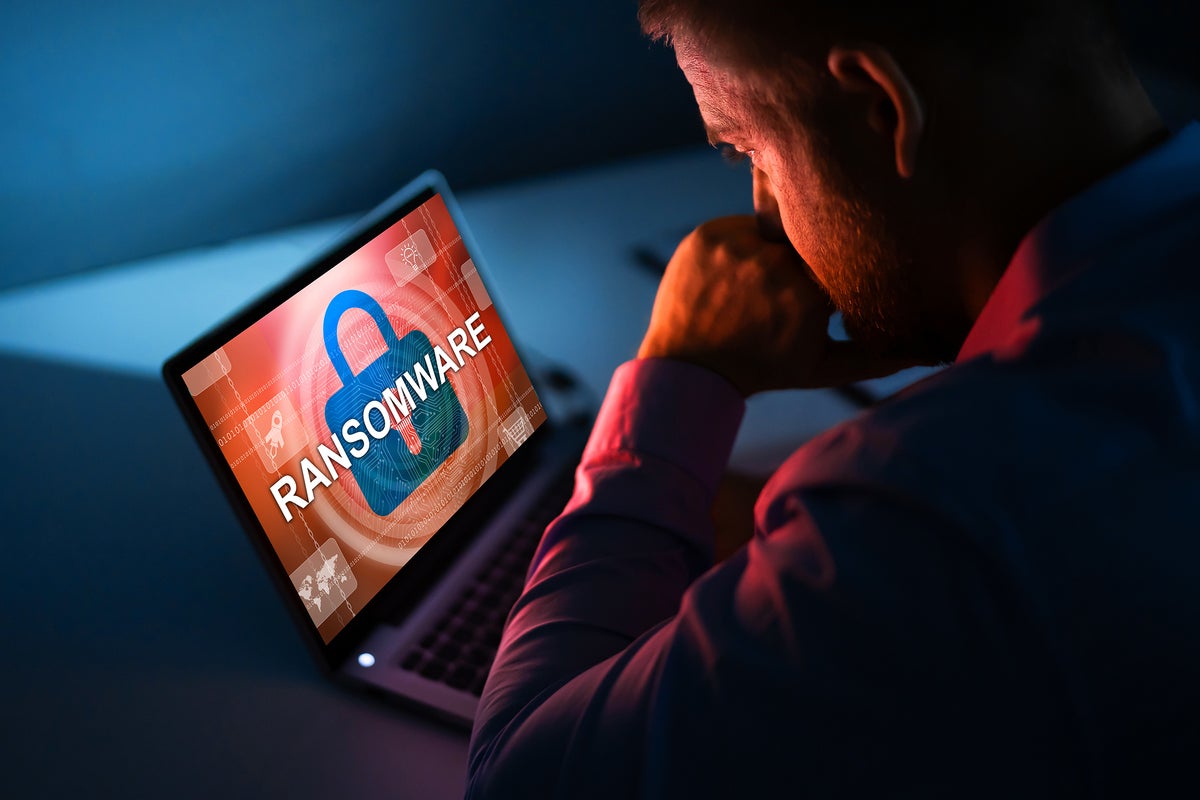Image Source: CSO Online
Introduction
Ransomware is encryption placed on a victim’s device or an organization’s computer network. Ransomware can capture your private information, like credit card numbers, social media passwords, and business emails.
Then cybercriminals demand a specific price before unlocking your data.
Individuals and businesses are targets of ransomware. This kind of cyber threat can affect the integrity and workflow of your business.
It is terrible to have sensitive information that belongs to you and other individuals compromised. Therefore, you need to know how to protect yourself from ransomware attacks.
Ransomware removal can feel daunting if you are not a tech guru. This article covers the first steps you need to take while trying to remove ransomware.
How to Check if You Have Ransomware on Your Device
An antivirus program can usually alert you if there is ransomware on your device. If you have antivirus software on your computer, it should alert you early about ransomware.
But if the ransomware bypasses your antivirus, then you’ll have to use the following options to determine if you have ransomware or not.
- Check file extensions: A normal image file has an extension like .jpg or .gif. These standards are the formats you’ll notice when you go through your image files or other files. If you discover that a file extension has switched to a weird combination of letters, you might have a ransomware virus.
- Name change: If you saved documents with specific names and you notice later that the names have been changed, it could be a result of ransomware.
- Suspicious network communication: Ransomware has to report to the attacker or cybercriminal’s server. If you notice suspicious network communication, you might have ransomware on your device.
- Encrypted files: The fastest way to discover if you have ransomware is when you discover that you cannot open some files on your computer.
If you can detect ransomware early, that is a good thing. If you don’t know how to get rid of ransomware, you should use a decryption tool.
What Are Your Options?
When a person is wounded, the first thought that comes to mind is first aid. How do you apply first aid to your computer?
- One option is to pay ransom to the cybercriminals.
- You can try to remove the malware with tools that you have available.
- A notable option is to reset the computer to factory settings.
Of these three options, the most advisable line of action to take is to try to remove the malware.
Resetting the computer to factory settings will help get rid of ransomware, but this option should be applied only if the information on your device isn’t extremely important since it will erase everything.
Removing the ransomware and restoring files are two different things. Not every ransomware variant will let go of the files it has encrypted. Detecting ransomware in its early stages helps to prevent losing data.
It is highly advisable to back up your data externally or in cloud storage. Always create a backup of your data. Backup automation will reduce your concerns significantly.
Data saved on cloud storage can be easily restored if the data on your computer gets deleted along with the ransomware. Click here to learn more information about ransomware virus removal.
Conclusion
You can take the best security precautions and still get ransomware attacks. Excellent security software will help to prevent ransomware from getting hold of your information. Early detection and good preparations will also help to reduce the effects of an attack.
If you know what to do and can easily detect the warning signs of ransomware, you’ll find it easy to get rid of it.
